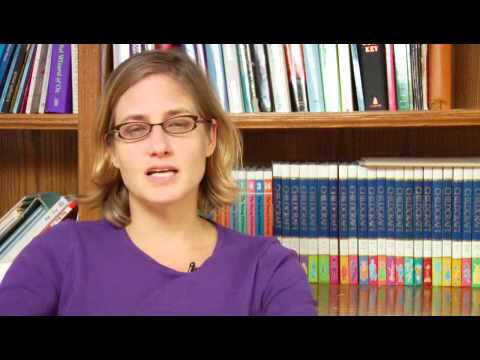4.12: Introduction to Writing Ethically
- Page ID
- 46132
What you’ll learn to do: Discuss issues of plagiarism, copyright and fair use
Developing a business report or other communication comes with certain responsibilities, namely proper citation of other people’s work. There are three common concepts that we will review here; all three have to do with the right author or creator getting credit for his or her efforts:
- Plagiarism
- Copyright
- Fair Use
Plagiarism is using someone’s ideas or materials without properly citing their authority. The following eHow Education video discusses the problem:
Copyright is a concept originating in 17th Century England. Concerned about the unregulated copying of books, the English Parliament passed a law detailing how a copy of a published text needed to be deposited with the government, ostensibly to track and gauge authorship, and then provide due credit. This practice has evolved since obviously, but the same concept applies — that of the governing authority in a given region being charged with regulating authorship and creation of content.
Lastly, Fair Use is a related concept that details how one may use copyrighted or other protected material without citation. There are four conditions, and all four must be met:[1]
- the purpose and character of the use, including whether such use is of a commercial nature or is for nonprofit educational purposes
- the nature of the copyrighted work
- the amount and substantiality of the portion used in relation to the copyrighted work as a whole
- the effect of the use upon the potential market for or value of the copyrighted work
In the following pages, we will go into each in greater detail.
- Larson, Aaron. "Fair Use Doctrine and Copyright Law". ExpertLaw.com.11 February 2018 Web. 16 April 2018. ↵
Contributors and Attributions
- Introduction to Writing Ethically. Authored by: Freedom Learning Group. Provided by: Lumen Learning. License: CC BY: Attribution
- Why is Plagiarism Wrong?. Authored by: eHowEducation. Located at: https://www.youtube.com/watch?v=8S6Ti1iG_98. License: All Rights Reserved. License Terms: Standard YouTube License


